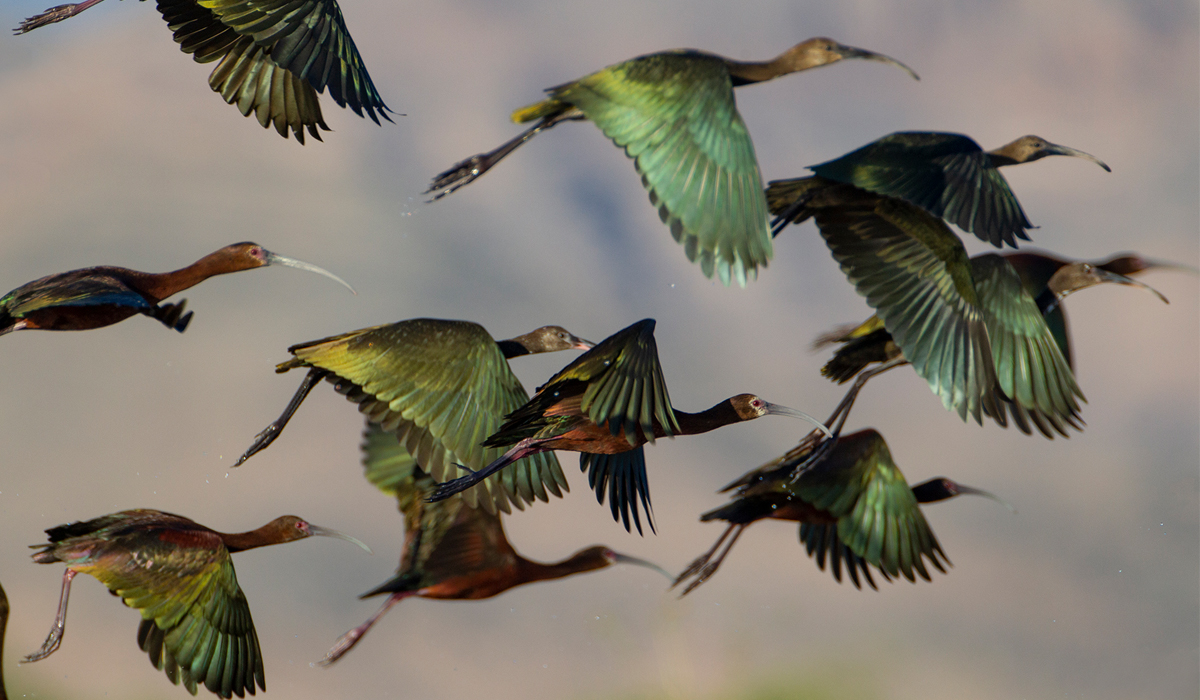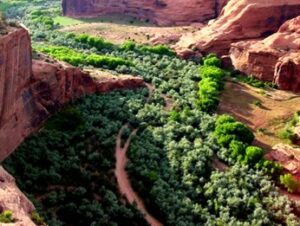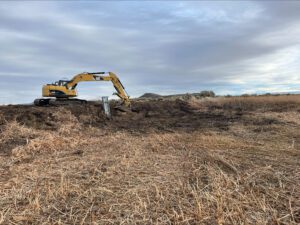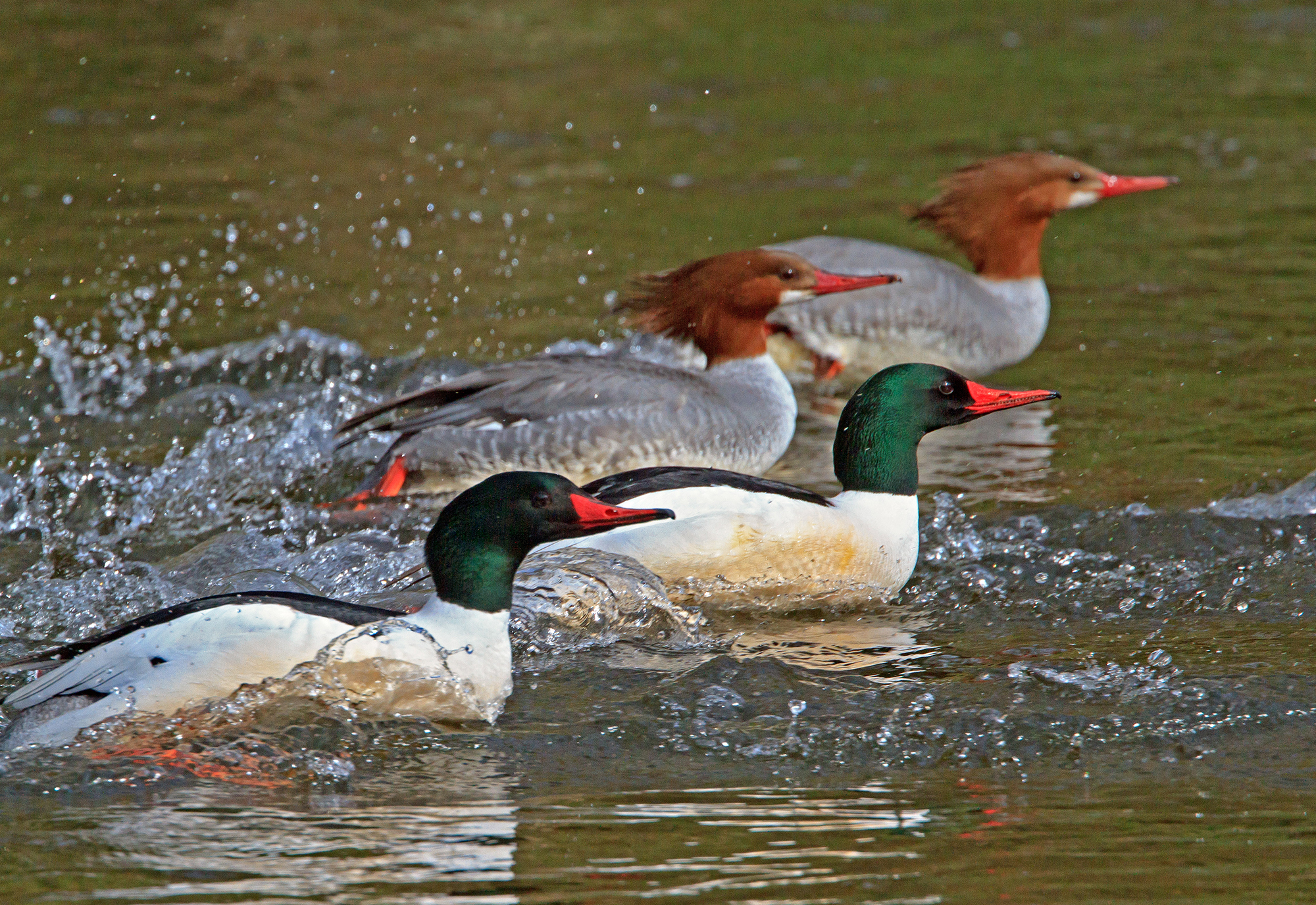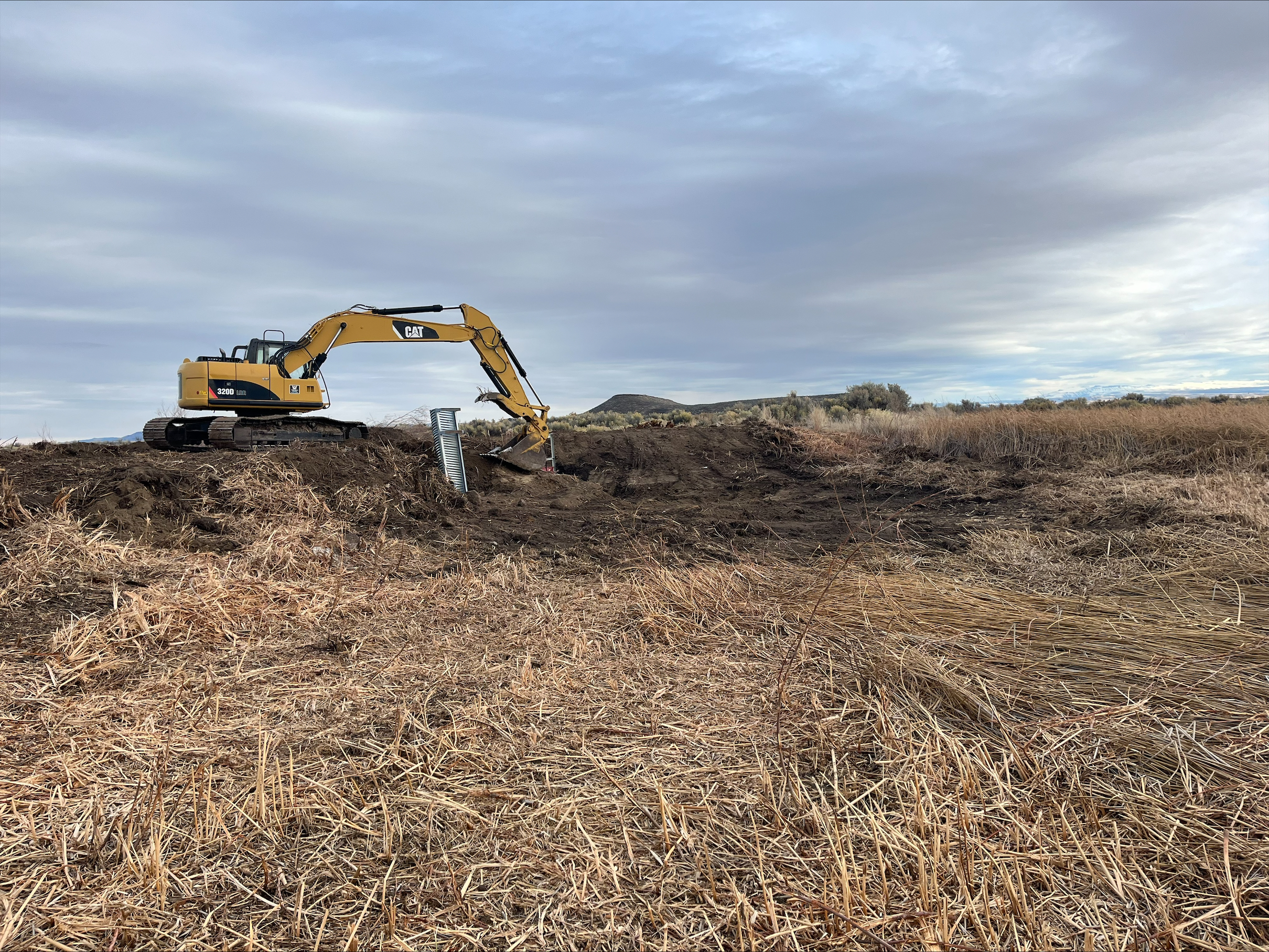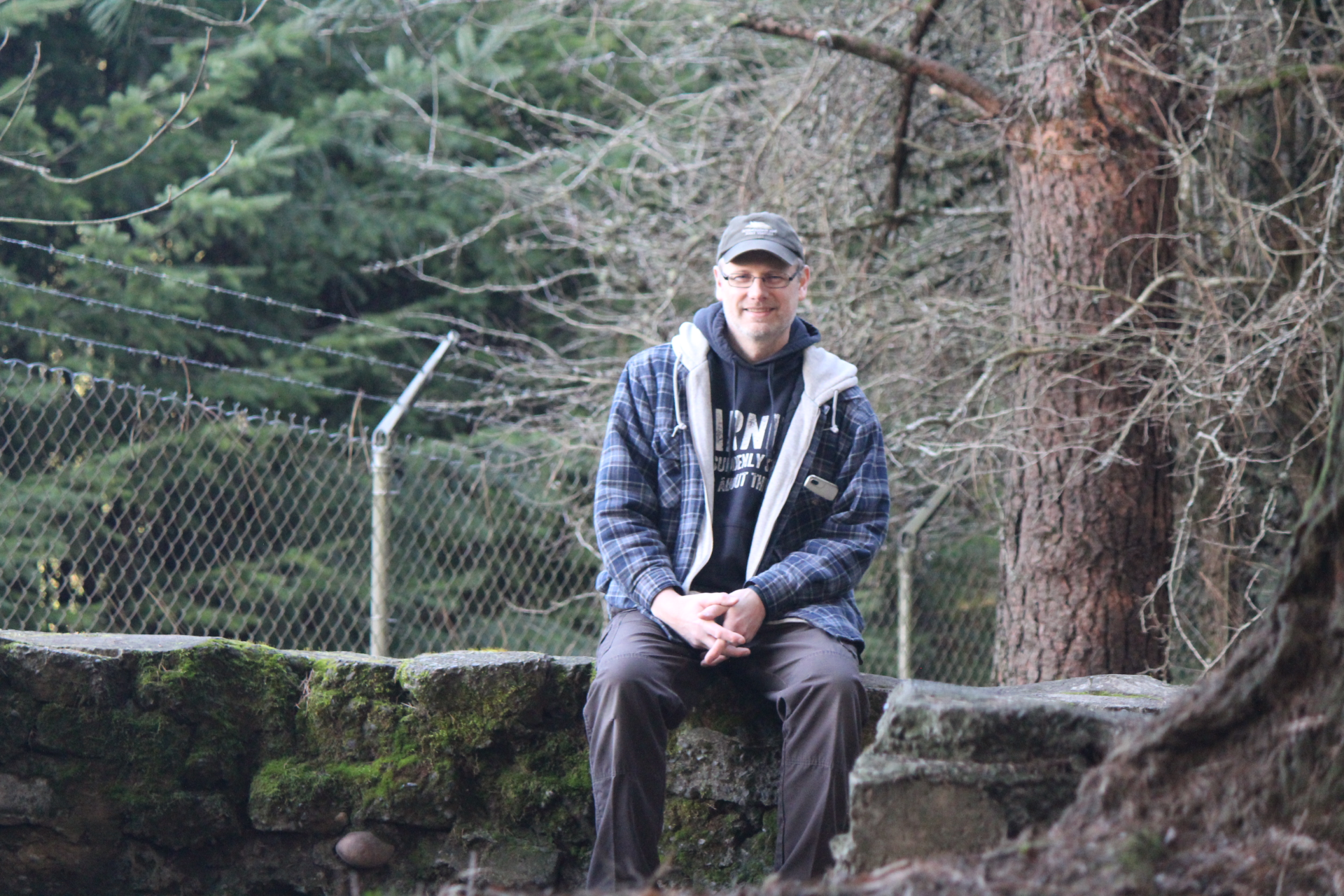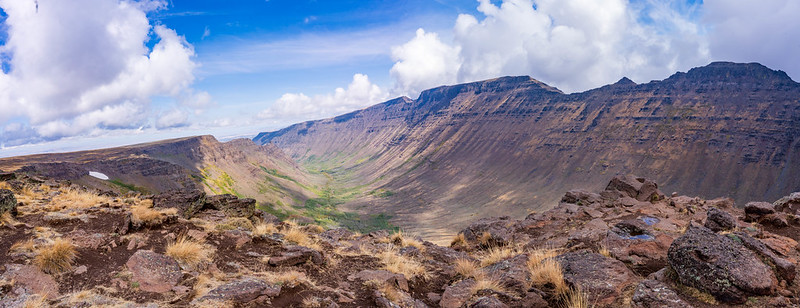In the late July of 2022 USGS Wildlife Research Crew Leader, Andrea Mott and her technician arrived at Malheur National Wildlife Refuge with 6 radio transmitters. Their goal was to deploy all 6 on captured white-faced ibis and this expand the geographic reach of their research into the breeding season behavior and migratory patterns of these birds. (You can read Andrea’s Sept 2022 article here.)
This project is a collaborative one from the Intermountain West Joint Venture (IWJV), US Geological Survey (USGS), and US Fish & Wildlife Service (USFWS). Just this past week, we heard from the lead researcher Patrick Donnelly of the USFWS Region 6 Migratory Bird Program and IWJV, with an update on last year’s efforts. From Patrick:
I wanted to provide a brief update on the white-faced ibis study. Most of you have followed the marked birds as they left the breeding grounds on their way to the Central Valley, Salton Sea, or Mexico, so the map below will not surprise you.
What has been a surprise is the durability of the birds and transmitters. When starting a pilot study on a new species with new capture and attachment techniques, there are many unknowns, and it is difficult to predict how things will go – they have gone exceptionally well. I can confidently say that white-faced ibis will be critical in guiding wetland conservation in the West.
Bird movements are already linking core breeding locations with beneficial agricultural practices that support foraging. Seasonal movements highlight migratory pathways and essential wetland habitat networks, including saline lakes. During the upcoming field season, we plan to continue marking birds and expand efforts to include Colorado, Utah, and Wyoming.
This spring, I will also incorporate ibis movement data directly into the WET app to provide easy access to bird locations and real-time habitat conditions. By making this data available now instead of after the science is produced, we hope to give agencies better information for habitat decisions being made today.
Dan (Collins, FWS) and I would also like to thank everyone who supported this effort by purchasing GPS transmitters and capturing birds last year. (This includes Friends of Malheur NWR) This is truly a grassroots conservation project. Remember that this work is being developed to identify ecological bottlenecks to inform wetland conservation needs across the species’ geographic range. Rapid climate-induced change to continental wetland networks demands flyway scale monitoring to address emerging risks.
Our recent work has shown that semi-permanent wetlands used by white-faced (ibis) for nesting are drying at twice the rate of any other wetland habitat (click here to read more). Results from this work will benefit multiple waterbird species through information supporting targeted protection of wetland habitat networks in the western US and Mexico.
You can use the links below to access the current WET app. As stated above, the app will be expanded to include Mexico and overlaid with ibis locations to provide wetland and wildlife managers real-time access to bird movement and habitat conditions.
https://pdonnelly.users.earthengine.app/view/wetresiliencev23
https://pdonnelly.users.earthengine.app/view/wethydroperiodv23
https://pdonnelly.users.earthengine.app/view/wetsurfacewaterv23
Photo Above of White-faced ibis in flight by Dan Streiffert

